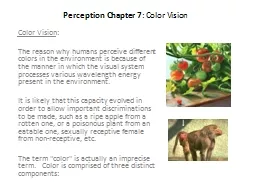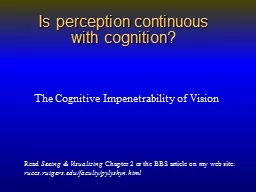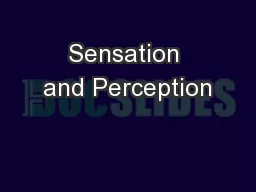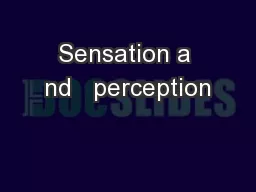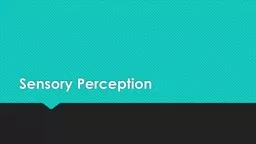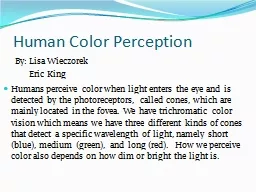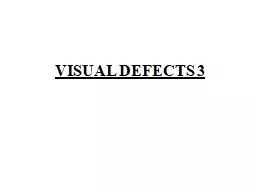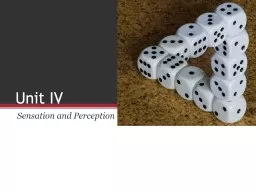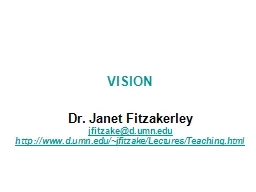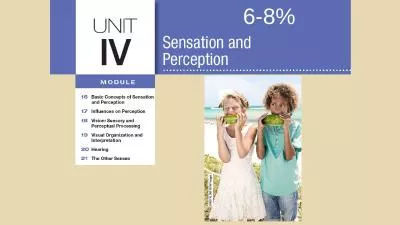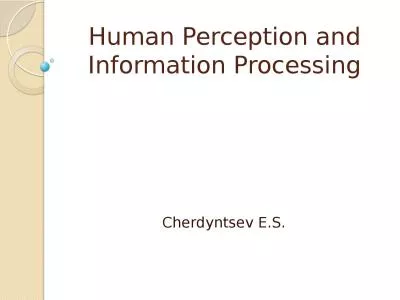PPT-Perception Chapter 7 : Color Vision
Author : myesha-ticknor | Published Date : 2018-11-06
Color Vision The reason why humans perceive different colors in the environment is because of the manner in which the visual system processes various wavelength
Presentation Embed Code
Download Presentation
Download Presentation The PPT/PDF document "Perception Chapter 7 : Color Vision" is the property of its rightful owner. Permission is granted to download and print the materials on this website for personal, non-commercial use only, and to display it on your personal computer provided you do not modify the materials and that you retain all copyright notices contained in the materials. By downloading content from our website, you accept the terms of this agreement.
Perception Chapter 7 : Color Vision: Transcript
Download Rules Of Document
"Perception Chapter 7 : Color Vision"The content belongs to its owner. You may download and print it for personal use, without modification, and keep all copyright notices. By downloading, you agree to these terms.
Related Documents

